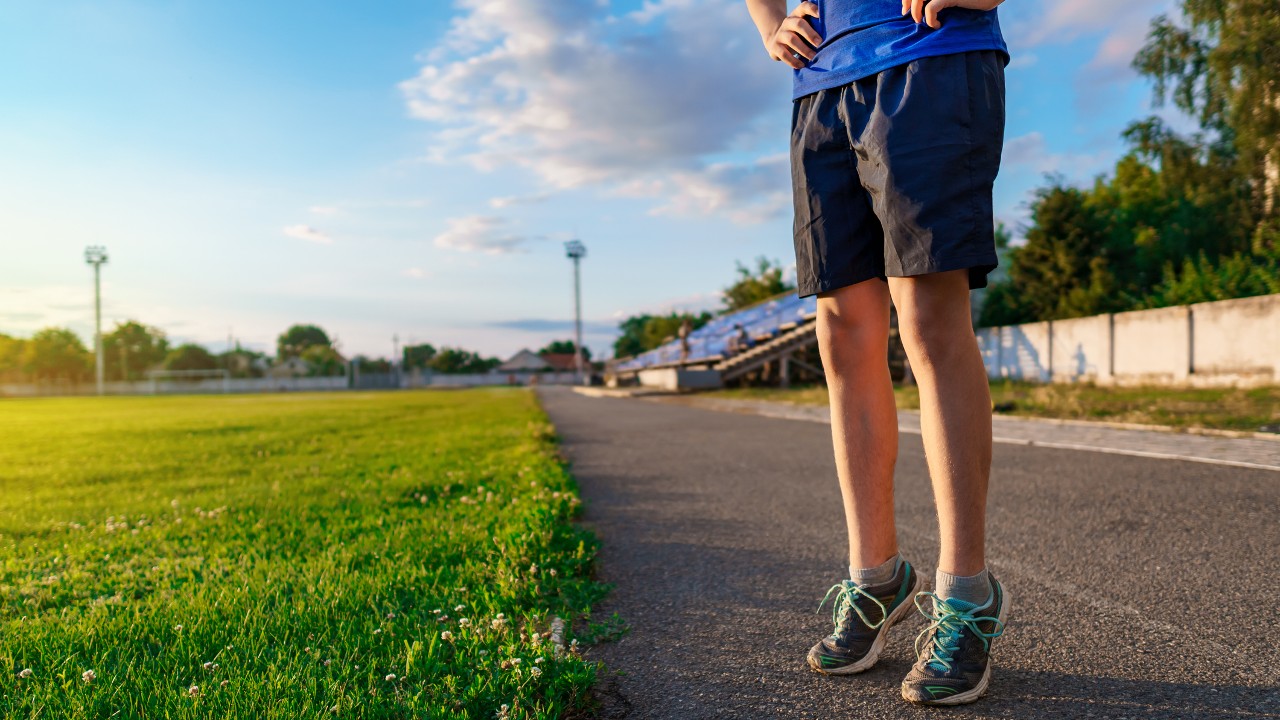
Runners ask a lot of their legs. If you can find the time to strengthen the muscles in your lower body (and be sensible with your training volume by following a running training plan), you have a much better chance of avoiding injury.
And the best way to deal with injury is always to do what you can to avoid it in the first place. Prehab not rehab. That’s why we’re always on the lookout for running-specific exercises like these shared by run coach Emma Kirk-Odunubi, who’s worked with Coach before on a strength workout for runners and a guide to how to look after your running shoes.
The routine pulls together three calf exercises, and all you need is one kettlebell or a dumbbell for one of the moves. Watch Kirk-Odunubi demonstrate each of the exercises in the Instagram Reel below.
When completing these movements, focus on fully flexing your toes to engage your calf muscles. For the plyometric pogo jumps, you should also think about landing on the balls of your feet rather than subjecting your shins to a flat-footed landing, because this will recruit your calves to absorb the impact.
This move was also recommended by running coach Chris Betteridge when he shared his picks of the best leg exercises for runners. “It’s a great plyometric workout for the calf, achilles and plantar fascia, and amazing for foot and ankle strength,” says Betteridge.
Doing these exercises frequently will build up your calf strength, which can help keep common running injuries at bay. When we spoke to expert Seth O’Neill, associate professor of physiotherapy at the University of Leicester, about how to prevent achilles tendon pain, he highlighted calf raises as especially important.
Of course, there’s more to train than just your lower legs, and we have plenty of other sessions that will help support your running. This home workout for runners is popular because it requires no equipment, and while few people enjoy core work, these core workouts for runners are absolutely essential.







